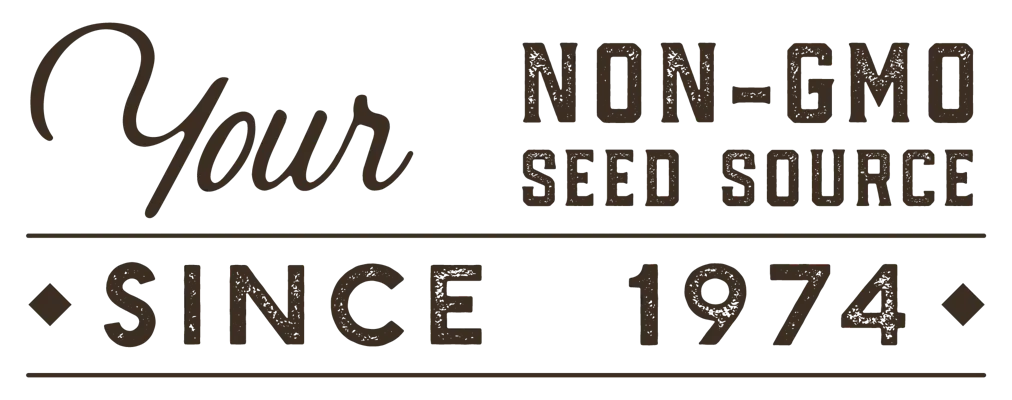Growing Non-GMO Jimi's Flag Mix Poppy Flower Seeds
Poppies do not like to be transplanted but with care, they can be started indoors and transplanted outdoors. Start indoors 6-8 weeks before the last frost for the earliest blooms. Otherwise, sow them directly in the garden bed or field they will be growing in late winter or early spring. Lightly cover the seeds and water with a mister. Seeds germinate best at 50-70 F. Poppies do very well in low-water conditions, but may require a bit of extra water to help them get started. However, ensure the soil and seedlings dry out between irrigations; poppies perform just as poorly in overly wet conditions as they do in extremely dry weather.
Jimi's Flag Mix poppies bloom all summer long and will die at the first frost of the fall. Expect them to reseed. If you wish to prevent this, cut the flower heads after they bloom and remove the entire plant before the seeds develop. In warmer zones, you should cut them back periodically, depending on your desired mass planting size.
Seeds can also be sown in the fall for zones above 8. Follow all the above instructions as usual.
Jimi's Flag Mix Poppy in the Flower Garden
Incorporate these into wildflower and cut flower gardens, or use them as a reseeding mass planting. They even do well as a bright border for driveways or walkways. Poppies will liven up any outdoor space with their charming blooms. Of course, these are a must when curating an authentic garden full of pollinator attractors.
Harvesting Jimi's Flag Mix Poppy
Poppies are popularly used as cut flowers. Trim off the flower stalk at the base with clean scissors or shears when the poppies are in or nearing full bloom. Quickly transfer to clean, cool water to enjoy for 1-2 weeks inside!
The gorgeous petals and seeds of the poppies are also edible! Harvest the petals when the flowers are in bloom and use them as a garnish on cakes, salads, or other cold foods. Harvest the seeds from the dried seed pods for poppy seed muffins and more!.
About Jimi's Flag Mix Poppy Garden Seeds
Poppies are safe for human consumption but may be toxic to animals such as livestock and dogs. Contact your veterinarian if you have questions or are concerned that your pet may have ingested some.
The Poppy flower is said to be originally from the Mediterranean region or Turkey and then spread throughout Europe. It has long been used for cosmetics, medicine, and cooking.
These delicate cup-shaped blossoms are usually 3 inches wide and stand alone on a flower stalk.
Poppies are known to be hardy in a variety of conditions. This makes them perfect for planting along streets and sidewalks. They can take it!
Jimi's Flag Mix Poppies are very attractive to pollinators. Bees have even been seen competing to get first dibs on these beautiful, pollen-filled flowers. Plant some near your vegetable garden to encourage pollination.
Poppies contain latex in their stems and unripe seeds. Some people with severe latex allergies are sensitive to this plant.
Stories From Our Gardeners
"Poppies are easy to grow! However, if you are cultivating them in a greenhouse, be on the lookout for aphids. They become an issue faster than you might think. I learned that lesson the hard way."
 |
- Lara Wadsworth, True Leaf Market Writer |
Jimis Flag Mix Poppy Seeds Per Package:
- 150 mg packet - Approximately 400 Seeds
Non-GMO Jimis Flag Mix Poppy seeds are available for Fast Free Shipping on qualifying orders.

















